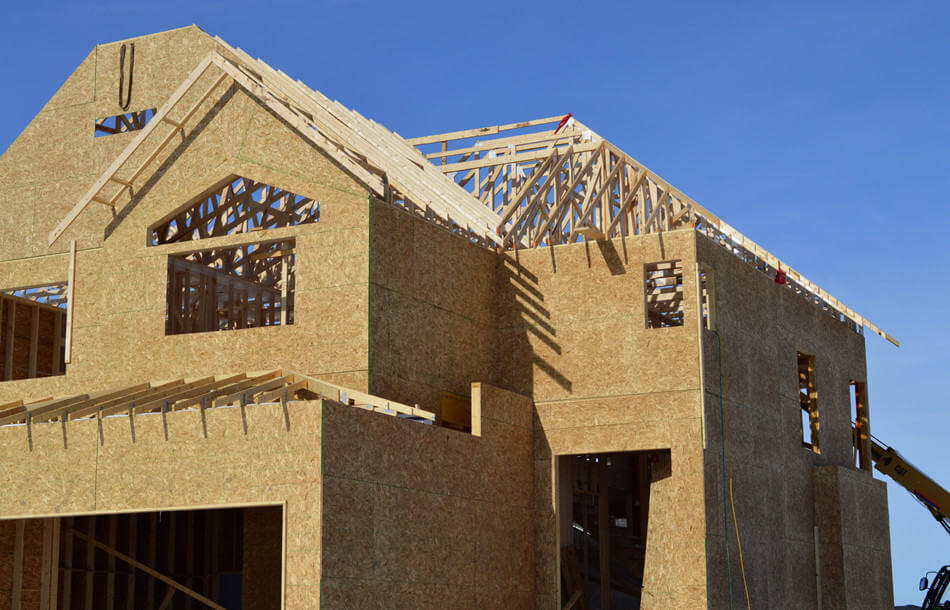If you’re house hunting, you need to look out for the home’s location, interior offerings, and, most importantly, the house’s overall frame. While many believe most homes to be constructed with wood frames, ICFs.
This post will explore the differences between these two options to determine which is suitable for your needs.
What’s an ICF Home?
Insulating concrete forms (ICFs) use thick concrete panels to build a home’s structure. Fitted with steel reinforcement rods and a thick plastic foam layer, the concrete sections cover these components creating one of the sturdiest home frames available.
ICFs come in thickness from 4 to 12 inches. The correct dimensions will depend on the home, and the soil conditions in the ICFs will be installed.
Because ICF construction in Marion, IN, requires intricate knowledge and specific tools, these homes are usually only built by ICF-certified experts. This is unlike wood-frame ones, which tend to be easier and can be built by any worker with professional oversight.
Pros
It’s Extremely Durable
Perhaps one of the top benefits of ICF homes is that they’re very durable. Because they’re made of concrete, steel rods, and thick plastic foam, ICFs can withstand serious concerns ranging from floods to 200+ mph winds.
Unlike wood-frame homes, ICFs are waterproof. Because of this, they don’t require a vapor barrier. While designed to prevent moisture issues, vapor barriers can trap moisture if they’re not installed correctly. ICFs serve as a great alternative.
Because of its impressive strength, most ICF homes can last for up to a century, making them a worthwhile investment.
It’s Energy Efficient
ICFs promote energy efficiency because they regulate temperatures well even without the Ivy plants outdoors. They won’t let heat escape during the winter and will prevent it from sneaking into your home during the summer.
The reason behind this is that ICFs are tight-fitted. Unlike a wood frame, there’s no space for slight cracks that could allow air to flow. You’ll see a significant drop in your energy bill, thanks to this.
It’s Noise Canceling
Another exciting perk of an ICF home is that it absorbs fewer sounds. This makes it a quieter place to be in.
ICF houses have this unique feature due to their foam and concrete combination. Foam reflects sound waves away, but Concrete absorbs them. Due to this, loud frequencies are unable to pass through. As a result, you’ll notice that a lawn mower will reduce to a whisper, and even conversations inside your home’s other rooms will be unnoticeable.
Cons
It Can Be Pricey
The major downside of ICFs is that they can sometimes be expensive, especially if you plan to build or buy a large home. This is because it requires more labor and tools. However, you’ll find that you’ll end up paying less in energy bills after the initial investment.
It Requires More Floor Space
Another thing you’ll need to keep in mind is that ICFs can have a large footprint because of their size. This could cut down on your home’s floor space.
What’s a Wood-Frame Home?
As its name implies, a wood-frame structure is made up of wood beams nailed together. The wood type will vary, but these planks are often made of red oak, white pine, cedar, or cypress because they have firm grains.
Wood-frame homes are typically built with unique lumber sturdy enough to handle heavy weights. In addition, wood is generally favored over steel frames because it tends to be more flexible. This way, architects can add more quirky areas to a home rather than it needs to have a straight, solid frame.
Strong bolts will be drilled into it to keep the frame in place near the foundation. Because they don’t require pre-made molds, wood-frame homes can be built faster than ICF ones.
Pros
It’s Budget-Friendly
Wood frames don’t usually take a long to put up or build, which helps them be more affordable. This makes them a good choice for those who might be on a strict budget.
It Doesn’t Require Heavy Machinery
You’ll also find that this option doesn’t require heavy machinery, like cranes, to be put together. This not only cuts back on building costs but reduces emissions.
Cons
It’s Not Waterproof
While they can be coated in waterproofing finishes, wood frames still have a hard time standing up to moisture, especially if there’s a lot of it. Because of this, wood frames are more likely to develop mildew which can lead to structural issues.
It’s a Fire Risk
Wood can be a big fire risk, especially if beams are left exposed or near areas that tend to generate a lot of heat. Planks can be treated with chemicals to avoid catching on fire, but they’re still vulnerable.
ICFs and wood-frames serve the same purpose but do so in different ways. With this information, you can quickly figure out which one will serve your needs best.

